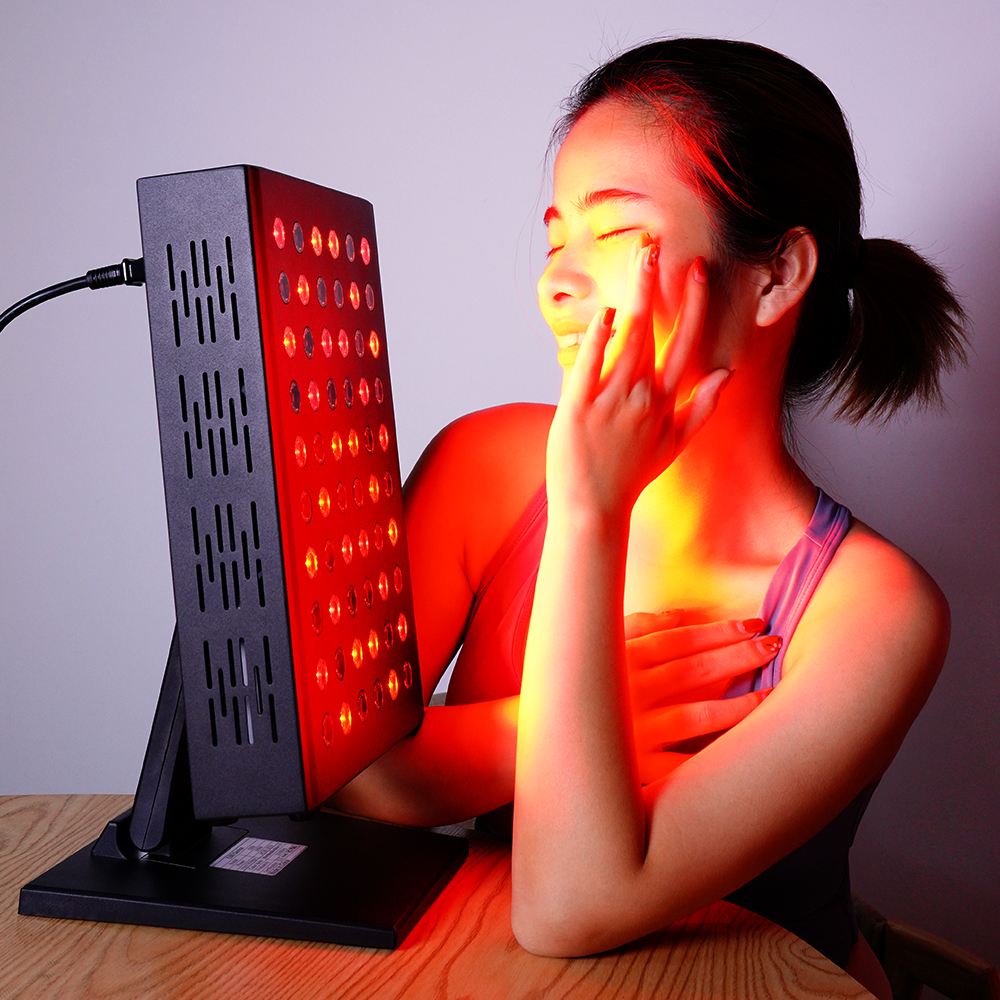Email format error
Email cannot be empty
Email already exists
6-20 characters(letters plus numbers only)
The password is inconsistent
Email format error
Email cannot be empty
Email does not exist
6-20 characters(letters plus numbers only)
The password is inconsistent


In recent years, light therapy has become a popular treatment option for various health and skin conditions. Two of the most discussed forms of light therapy are infrared light therapy and red light therapy. While both therapies use light wavelengths to stimulate biological processes, they differ in their applications, benefits, and mechanisms of action. This blog post will delve into the intriguing world of light therapy, comparing "infrared light vs red light therapy" and exploring the effectiveness of "led red light therapy."
Light therapy, also known as phototherapy, involves using specific wavelengths of light to treat health conditions and promote wellness. This treatment is non-invasive and is believed to work by penetrating the skin and affecting cellular function. The most common types of light therapy include blue light therapy, red light therapy, and infrared light therapy.
Red light therapy (RLT) uses low-level wavelengths of red light, typically in the range of 620-750 nanometers. This type of therapy is known for its skin-deep effects, making it popular for cosmetic and dermatological applications. Some of the primary benefits of red light therapy include:
- Skin Health: Red light therapy is renowned for its ability to improve skin texture, reduce wrinkles, and stimulate collagen production. It's commonly used in anti-aging treatments and to reduce the appearance of scars and stretch marks.
- Wound Healing: Red light therapy can accelerate wound healing by promoting cellular repair and regeneration.
- Pain Relief: Some studies suggest that red light therapy can reduce inflammation and alleviate pain in conditions such as arthritis and muscle injuries.
Infrared light therapy (ILT) uses longer wavelengths, typically between 700 nanometers and 1 millimeter, which are not visible to the human eye. These wavelengths penetrate deeper into the body’s tissues, reaching muscles, joints, and even bones. The benefits of infrared light therapy include:
- Pain Management: Infrared light therapy is highly effective in managing chronic pain conditions, including back pain, fibromyalgia, and arthritis. It works by improving blood circulation and reducing inflammation.
- Muscle Recovery: Athletes and fitness enthusiasts use infrared light therapy to speed up muscle recovery and reduce soreness after intense workouts.
- Detoxification: Infrared saunas use this technology to promote sweating and detoxification, which can lead to improved overall health and well-being.
LED (Light Emitting Diode) red light therapy is a modern application of red light therapy that utilizes LED lights to emit the desired wavelengths. LED red light therapy devices are popular due to their efficiency, safety, and convenience. They are commonly used in both professional and home settings for a variety of purposes:
- Skin Rejuvenation: LED red light therapy is a favorite among skincare professionals for its ability to rejuvenate the skin. It helps to reduce fine lines, improve skin tone, and enhance overall skin appearance.
- Acne Treatment: The anti-inflammatory properties of LED red light therapy make it an effective treatment for acne and other skin conditions.
- Hair Growth: Emerging research suggests that LED red light therapy can stimulate hair follicles and promote hair growth in individuals with hair loss.
When comparing "infrared light vs red light therapy," it's essential to consider the depth of penetration and the specific conditions each therapy targets.
- Depth of Penetration: Red light therapy primarily affects the skin and superficial tissues, making it ideal for skin-related issues and minor pain relief. In contrast, infrared light therapy penetrates deeper into the body, making it suitable for muscle, joint, and bone-related conditions.
- Applications: Red light therapy is commonly used for cosmetic purposes, including anti-aging and acne treatment. Infrared light therapy is more frequently used for pain management, muscle recovery, and overall health improvement.
- Device Types: LED red light therapy devices are widely available for home use, offering a convenient and effective option for individuals looking to improve their skin health. Infrared light therapy devices are often used in professional settings or incorporated into infrared saunas for whole-body treatments.
The choice between infrared light therapy and red light therapy depends on your specific needs and health goals. Here are some tips to help you decide:
- For Skin Concerns: If you're looking to improve your skin's appearance, reduce wrinkles, or treat acne, red light therapy, particularly LED red light therapy, is an excellent choice.
- For Pain Relief: If you suffer from chronic pain, muscle soreness, or joint issues, infrared light therapy may offer more substantial benefits due to its deeper penetration.
- For Overall Wellness: Infrared saunas provide a comprehensive approach to health and wellness, offering benefits such as detoxification, improved circulation, and relaxation.
Both infrared light therapy and red light therapy offer unique benefits, making them valuable tools in the realm of health and wellness. Understanding the differences between "infrared light vs red light therapy" can help you make an informed decision about which therapy is best suited to your needs. Whether you opt for the skin-rejuvenating effects of "led red light therapy" or the deeper healing benefits of infrared light, incorporating light therapy into your routine can lead to significant improvements in your health and quality of life.